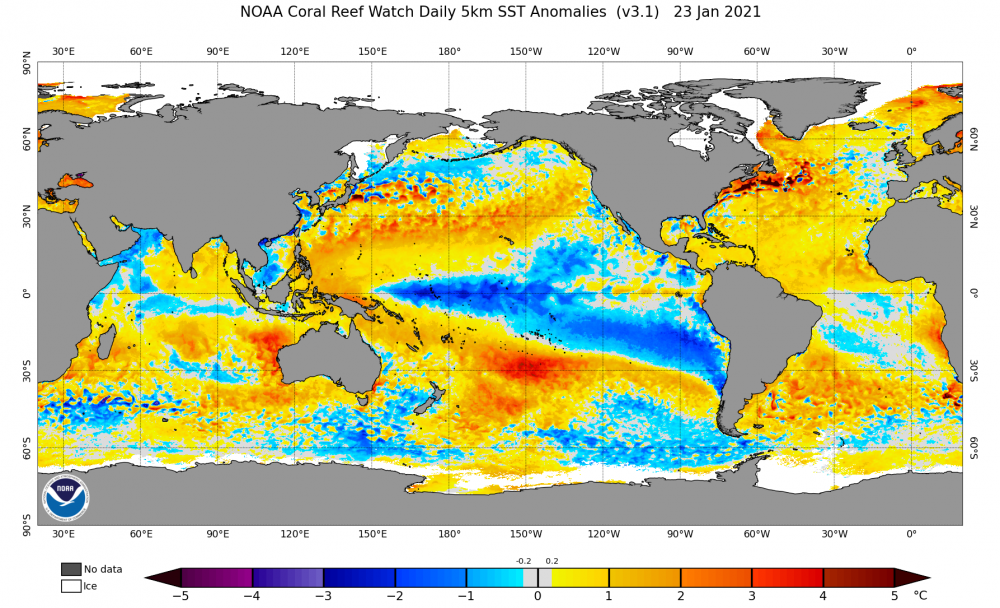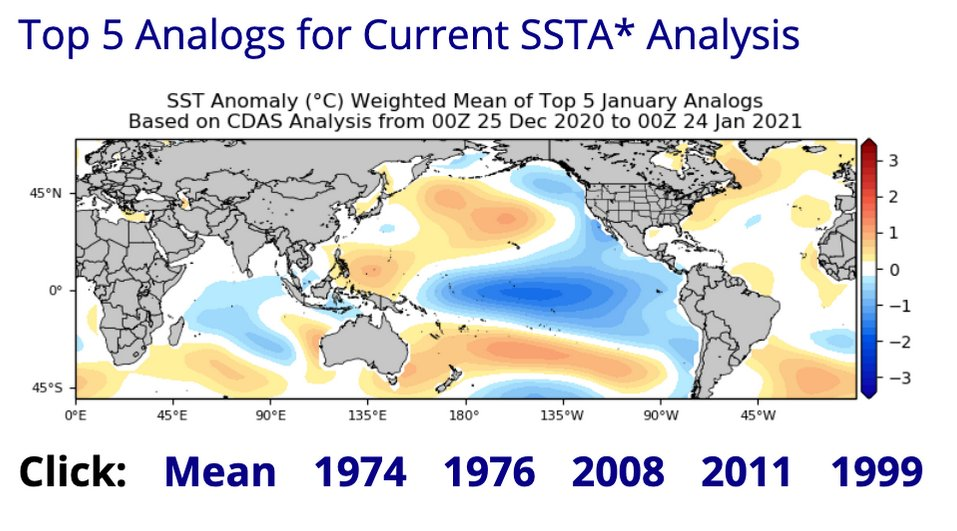- Thread starter
- #41
It's a lot more complicated than that, but that's the general idea... and seeing the pattern we have now evolve into what is shown above for the end of February is essentially what we've been waiting to see. That's a transition out of the pattern with the persistent -NAO blocking and troughing in the east, into a pattern that is historically favorable for active severe weather in this region of the country. But when trying to come up with these analogs, we use the various teleconnections to try to figure out the pretty specific placement, intensity, and amplitude of the subtropical ridging, of troughing in the west... how far out it extends... and a host of other things related to the large scale pattern... and then try to see which previous years match up closely to get a basic idea of what to expect.Thanks. I was just remembering where meteorologists used graphics to talk about those things you mentioned and most of the time talked about opposing jets at different altitudes playing a part and I was just curious how intricate these analogs were.
We know that there are a specific set of circumstances that are associated with getting active tornado patterns that target Dixie Alley. We also are starting to learn more and more that there are specific circumstances that are associated with these years that have higher-end events. Seeing evidence of that spring pattern evolve like that was the final piece of the puzzle on the large scale. From here, it will be up to individual synoptic storm systems to take full advantage of the background pattern, and then up to the mesoscale on one of those to take full advantage of the synoptic setup. That's something we don't have any way of knowing until we're coming up on one of the individual storm systems, but the larger scale setup kind of sets bounds for what the players on the scale below it can and can't do. You get something on the synoptic scale happen because there was something about the background state that allowed it to be possible. You get mesoscale features to align a certain way because there are things about the synoptic setup of a storm system that allow it.













